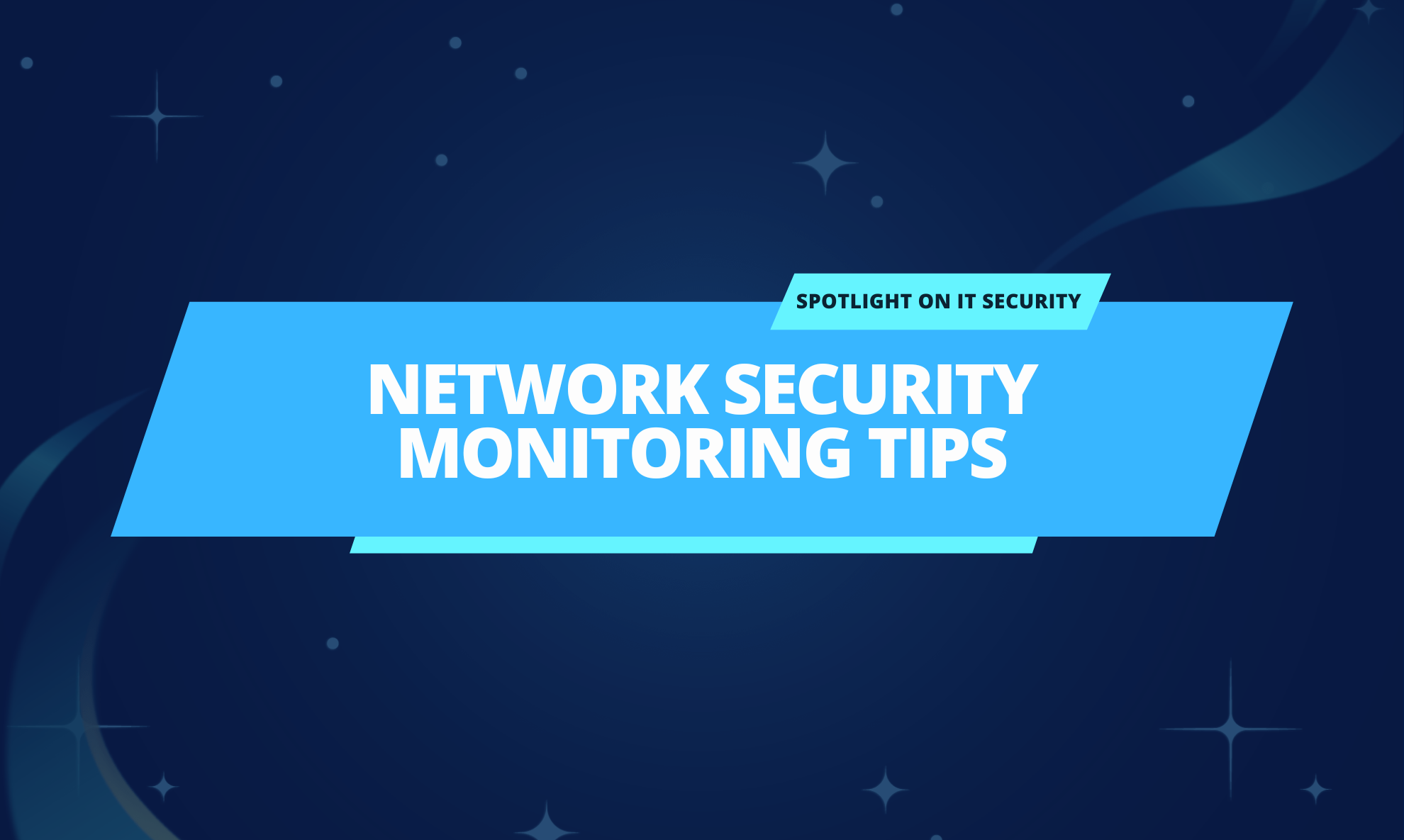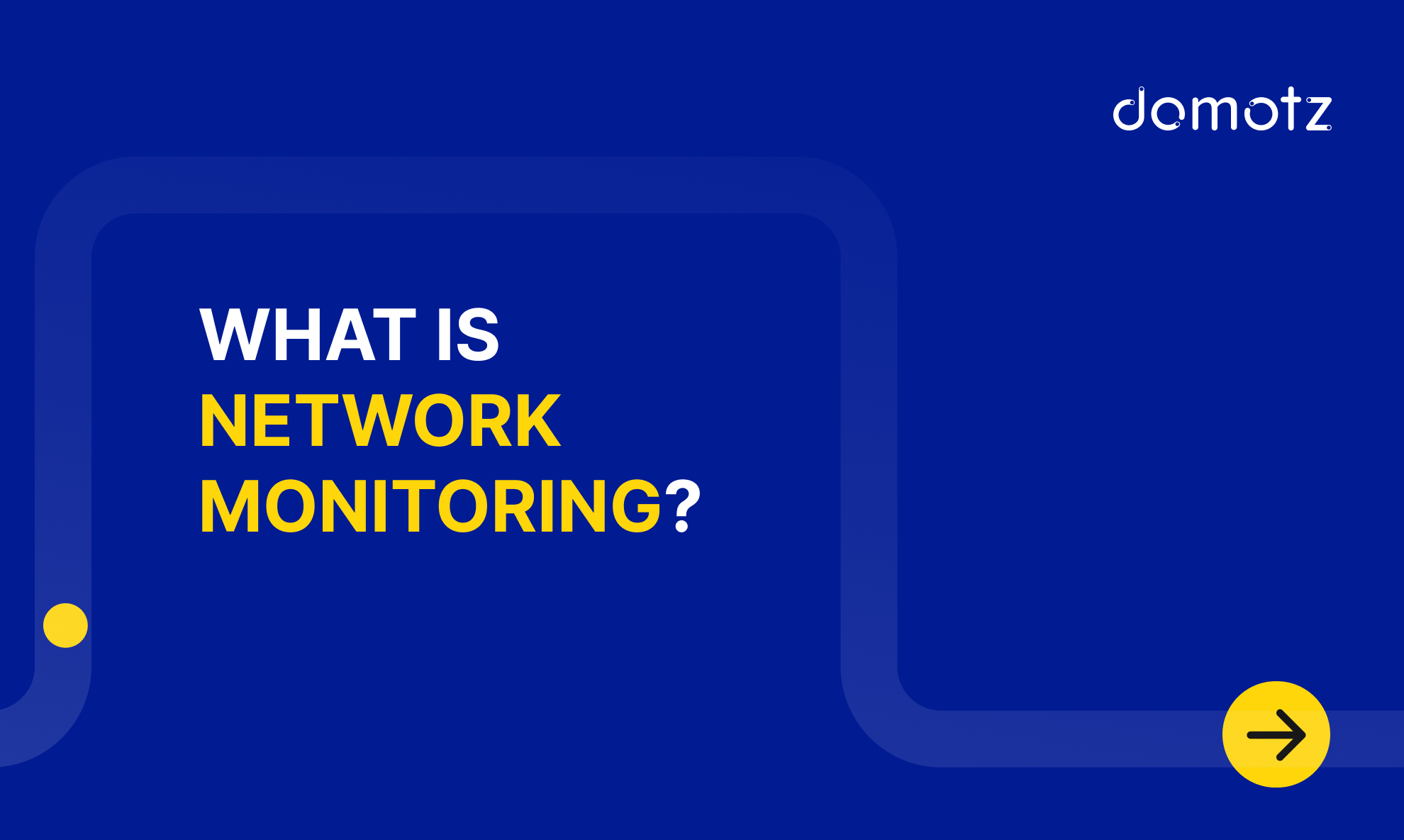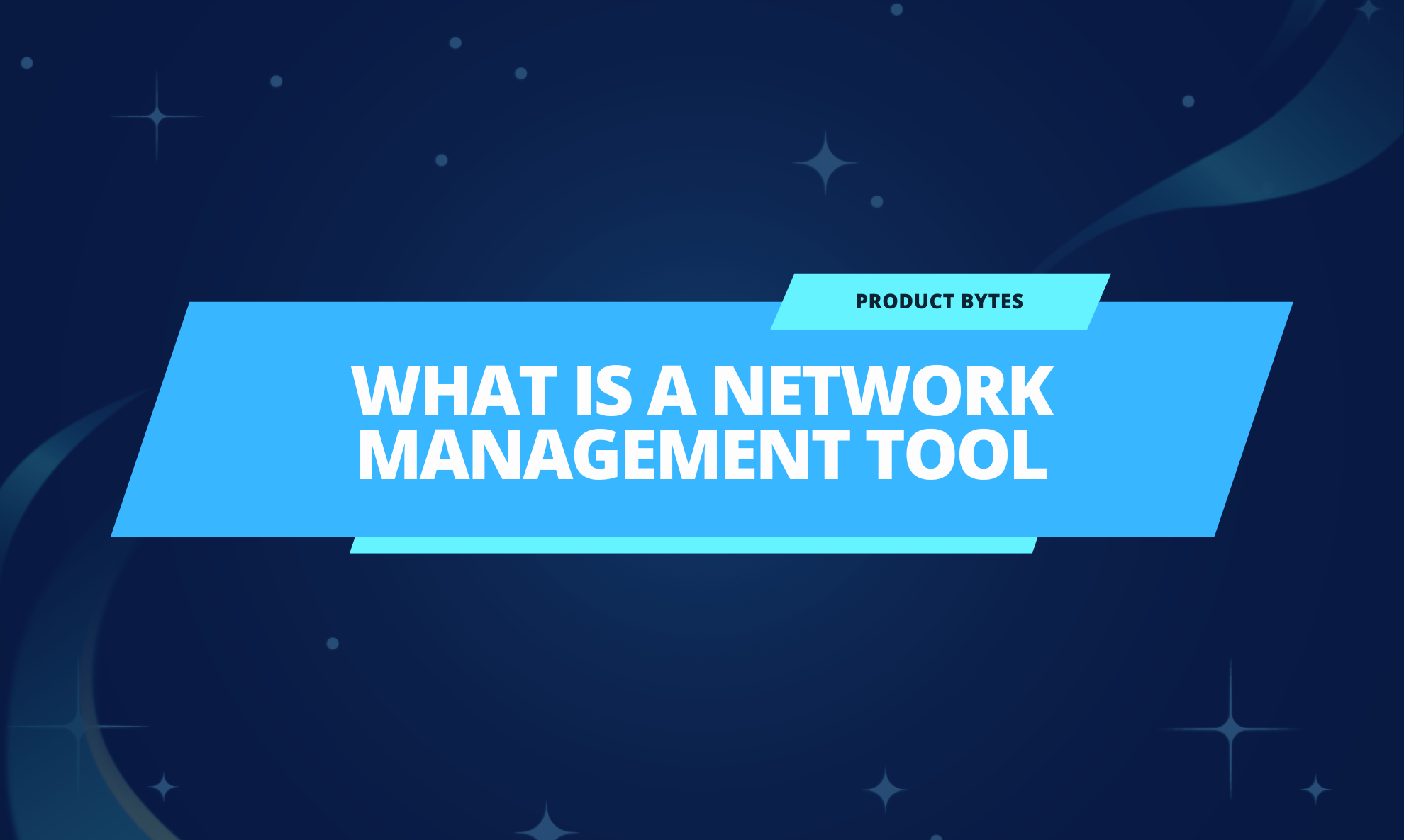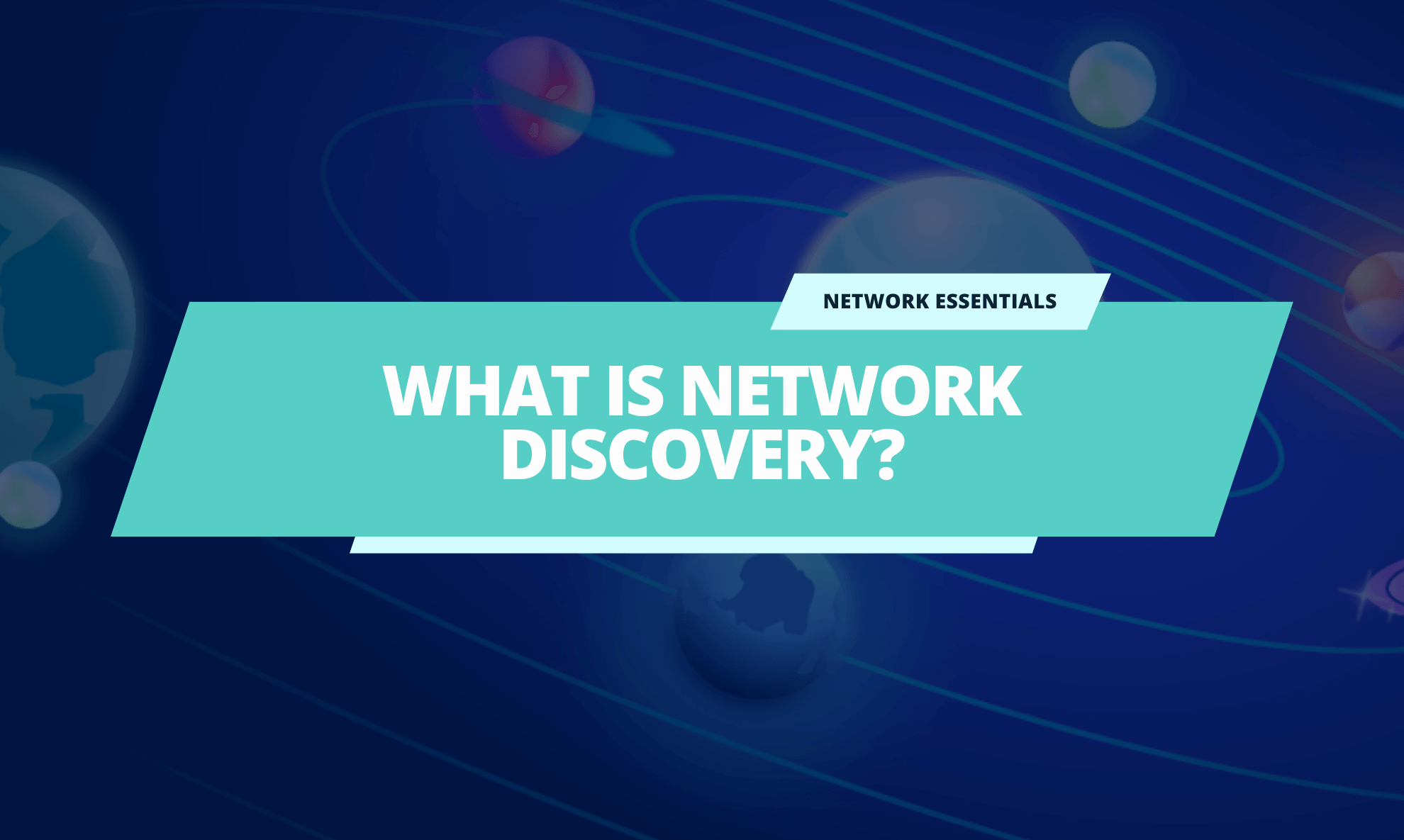In today’s age of digital uncertainty, a cyber-attack can strike at any moment, underscoring the critical need for enhanced network security monitoring. Every day, 450,000 new malicious programs debut, relentlessly seeking to exploit unsuspecting networks.
The responsibility is palpable for Мanaged Service Providers (MSPs), as these statistics clearly show, is the vulnerabilities your clients’ networks are facing. The average cost of a data breach is a hefty $4.88 million – a 10% increase over last year and the highest total ever.
When improving your network security monitoring, you can help your clients avoid such costs and ensure their networks remain secure.
What Is Network Security?
Network security is a blend of software, hardware configurations, and policies that work together to defend a network from potential attacks or unauthorized intrusions.
What Is Network Security Monitoring?
Network security monitoring is a process that proactively gathers and analyzes data to help you prevent security threats within the network.
The process uses network monitoring tools that automatically detect various events on your network. Then, such tools send you notifications, so you or your client can take action. This approach ensures the detection of threats and the capacity to respond timely, safeguarding the network’s integrity.
Five Essential Steps To Improve Your Network Monitoring Capabilities
- #1 Define network security monitoring goals
- #2 Know your network
- #3 Create a process of continuous monitoring
- #4 Select your network security monitoring tools
- #5 Superpower your network security monitoring strategy
Step 1: Define Network Security Monitoring Goals
Defining clear and actionable network security monitoring goals is the starting point for any successful monitoring strategy. When you understand your goals, you can use better your resources, tools, and techniques.
Clear goals also help you build a better system to measure your success.
Here is what you need to do to define your goals:
- Understand your clients: Of course, you can’t monitor any network without understanding its needs. Get to know your client’s business needs, industry regulations, and unique vulnerabilities before setting your goals. This knowledge will shape the criteria against which you will measure your monitoring effectiveness.
- Determine key metrics: What does success look like for your monitoring efforts? Whether it’s a faster threat detection, or improved incident response times, shaping these metrics will help you measure effectiveness.
- Prioritize assets: Identify the most critical assets for each client. For example, for some it could be sensitive customer data, for others proprietary software, or internal communications.
- Establish baselines: Understand each client’s network’s standard patterns and behaviors. This will make anomalies and potential threats easier to detect.
Step 2: Know Your Networks
Start by understanding the network architecture. Knowing how different network components interact with one another will be crucial when setting up monitoring tools and responding to potential threats.
The next step is to complete an inventory and catalog every device. Select the best tools to help you build a good inventory—from servers and routers to individual workstations and IoT devices. Don’t forget to choose a tool with a good topology map feature. Relying on a topology map tool can help you identify the issue quicker and save a lot of time.
At this point, identify the data you need to protect. Identify the crucial data that, if compromised, could harm the business or its customers significantly.
Step 3: Create a Process of Continuous Monitoring
It’s not enough to set up your monitoring tools and hope they catch anomalies. Instead, you must develop a culture of ongoing vigilance. Yes, this task is not easy, but nor impossible to achieve.
Firstly, ensure that every endpoint under your management is under constant surveillance. Each access point (server, workstation, or mobile device) can be an entry point for threats. Overlooking even a single device can create a vulnerability window that adversaries might exploit.
Secondly, remember that you need to watch for more than just external threats. After all, threats can emerge from within, masked by what appears to be regular user behavior. Therefore, you must establish a process to continuously identify deviations from standard user behavior within your organization. For instance, sudden data transfers, unexpected system access, or unusual login times might all indicate a compromised account or, even more concerning, an insider threat.
Finally, create a clear reaction process and implement the mechanisms to protect your assets.
Step 4: Select Your Network Security Monitoring Tools
Choosing the right tools is crucial for effective network security monitoring.
Some must-have tools include network analysis tools for examining network data for anomalies, network detection tools to detect potential attacks, and network response tools to respond to and mitigate incidents. You can find these tools through recommendations from industry peers and trusted forums. Thoroughly research product reviews on specialized IT platforms to gauge user satisfaction and efficacy.
However, remember that more isn’t always merrier. Too many tools can inundate you with conflicting data, creating inefficiencies and complicating security management. A cluttered toolbox can ironically obscure the visibility you’re striving for in monitoring.
Instead of chasing after every new tool, focus on finding a holistic tool that integrates risk discovery, assessment, prioritization, and reporting into one streamlined process.
Furthermore, given the rise of third-party integrations and collaborations, it’s imperative to have continuous security monitoring tools that keep an eye on external partners. Their networks can inadvertently become your vulnerabilities if not monitored correctly.
Find here some of the top open-source cyber security monitoring tools.
Step 5: Superpower Your Network Security Monitoring Strategy
Elevating your monitoring strategy isn’t a one-time effort. It’s an ongoing journey of refinement that requires you to harness the collective knowledge of the industry’s best and integrate their expertise into your operations.
Start by identifying and following key cybersecurity managers and influencers renowned for their thought leadership. Their insights, research, and perspectives can offer invaluable guidance, ensuring you align with the best network security monitoring practices.
You should also invest in your in-house team’s continuous professional development, especially in security. Encourage them to pursue advanced security certifications, attend seminars, and actively participate in industry forums. As they expand their knowledge, they’ll be equipped to refine and fortify your company’s unique protection strategies.
Boost Your Network Security Monitoring with Domotz
As an MSP, you must safeguard your customers’ networks and digital assets. Supercharge your efforts, and consider reliable network monitoring software like Domotz.
How we can help is:
- We’ll automatically detect and discover network-based assets quickly and easily across all your networks.
- We’ll automatically provide you with a complete inventory of your assets.
- We’ll deliver unparalleled observability into your digital infrastructure, providing critical insights to protect what matters most.
- You’ll have a secure remote access to all the systems you manage.
- Of course, we’ll provide you with network monitoring alerts.
Start your free trial today and experience how Domotz can revolutionize your network security monitoring.
Further reading:



